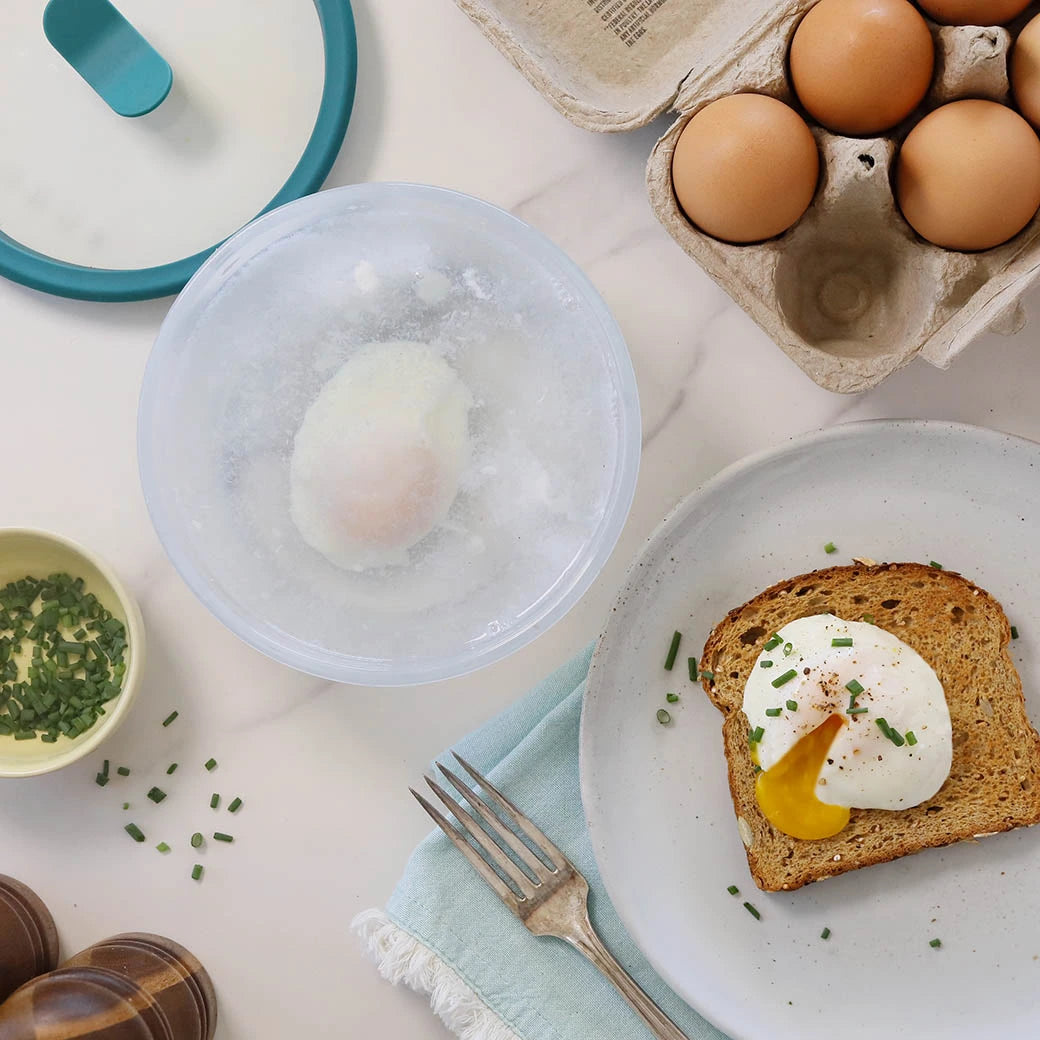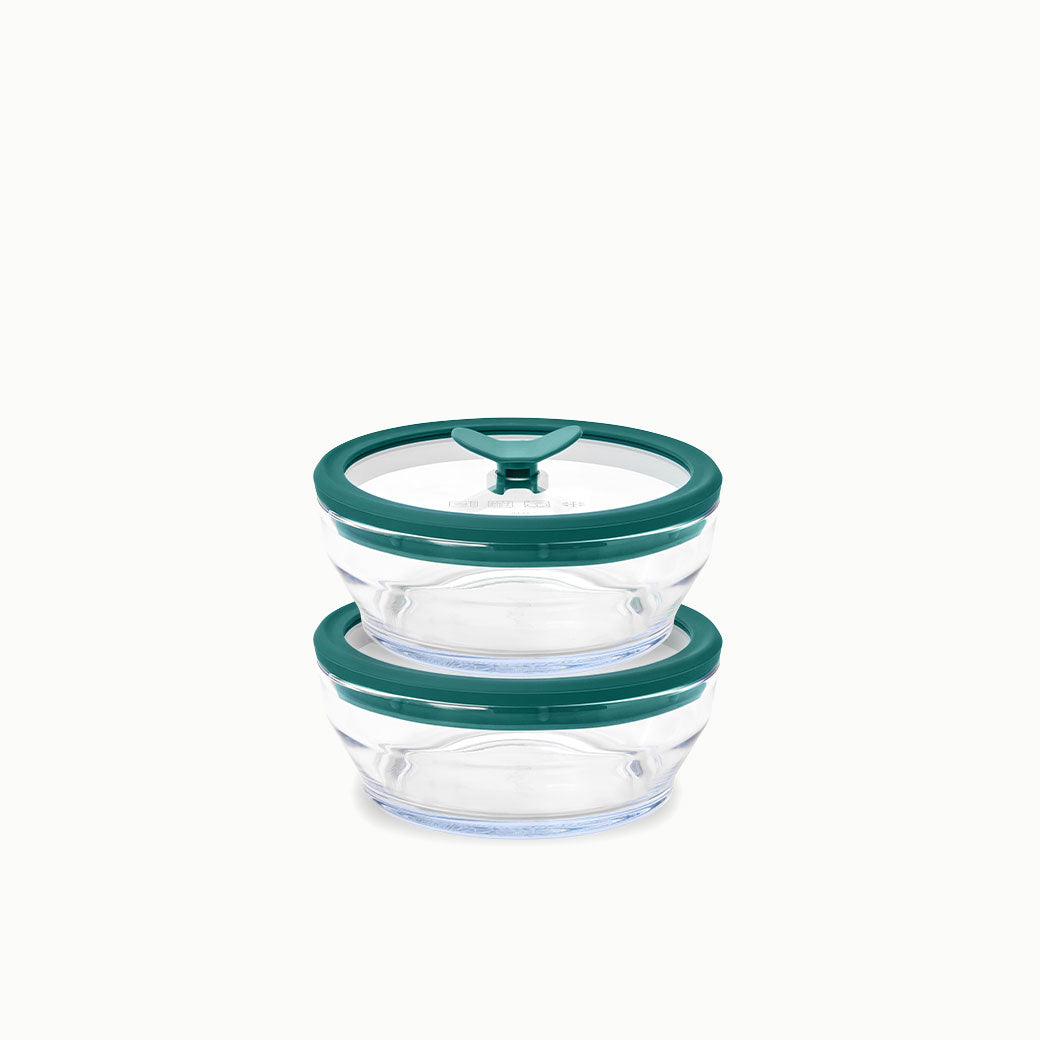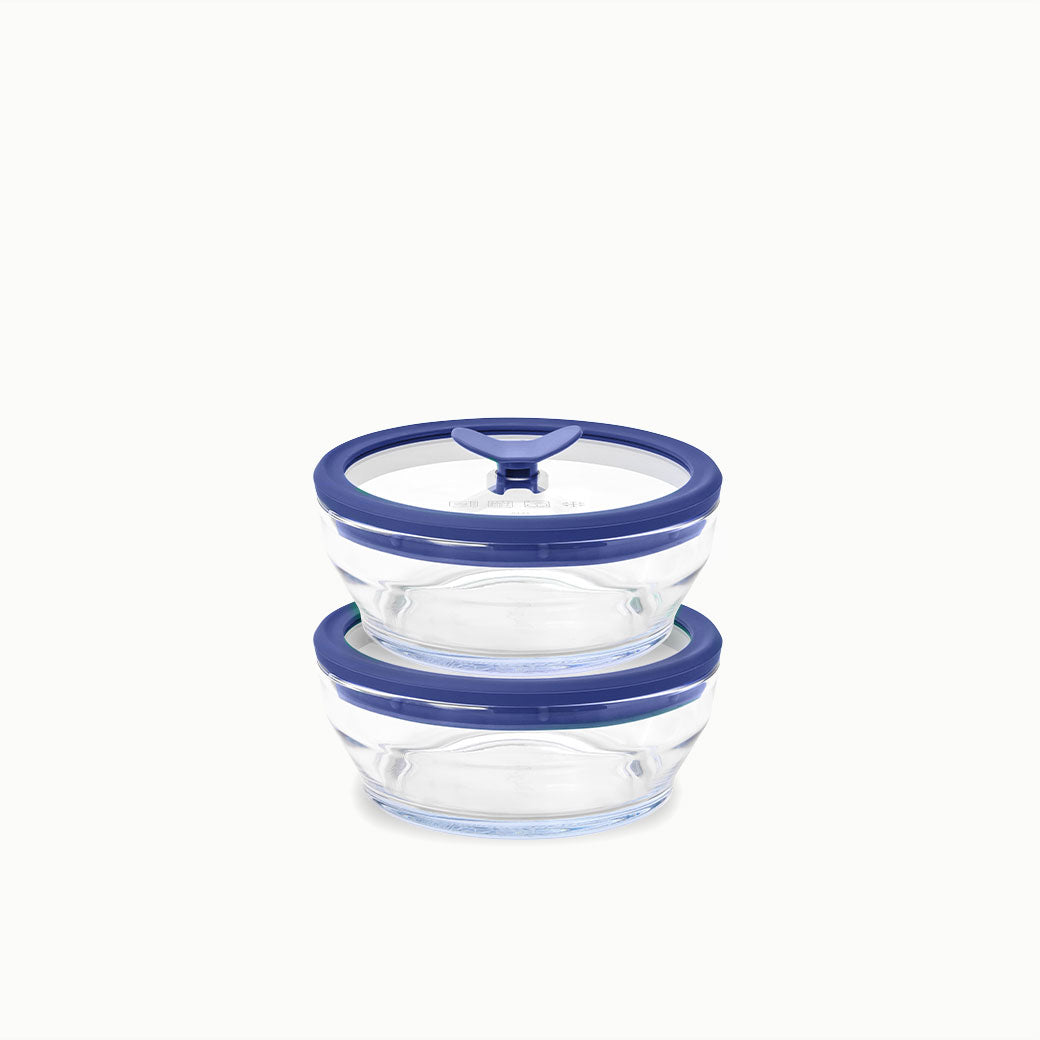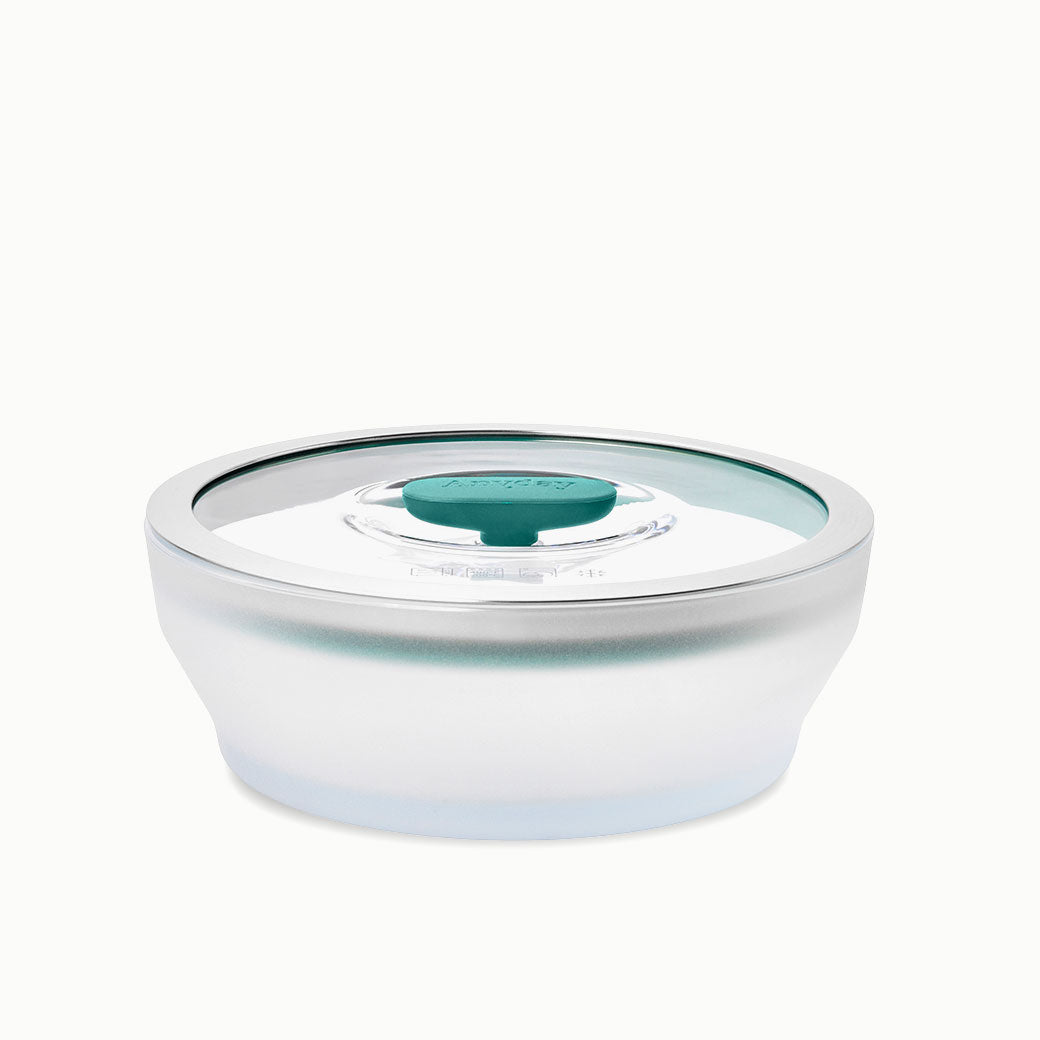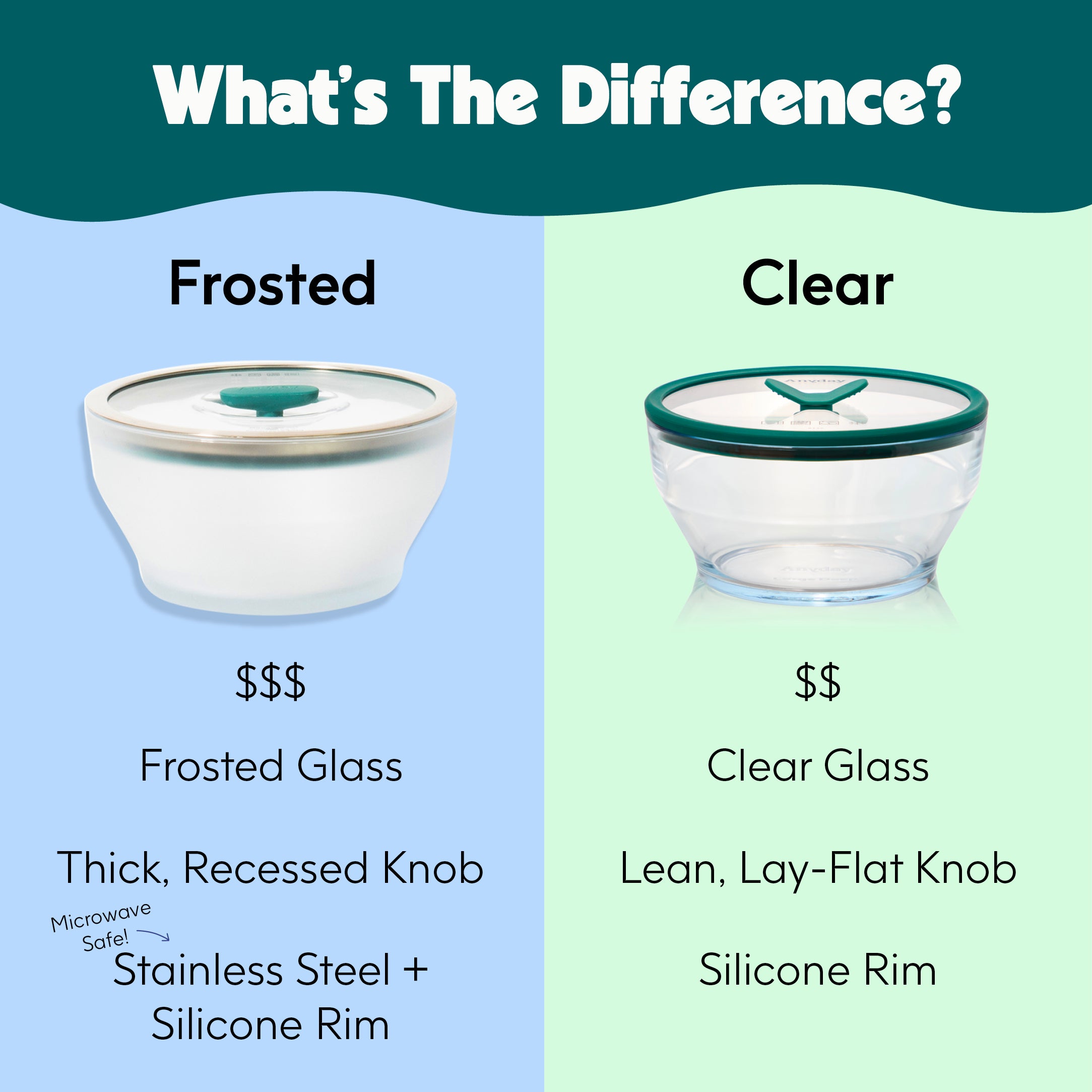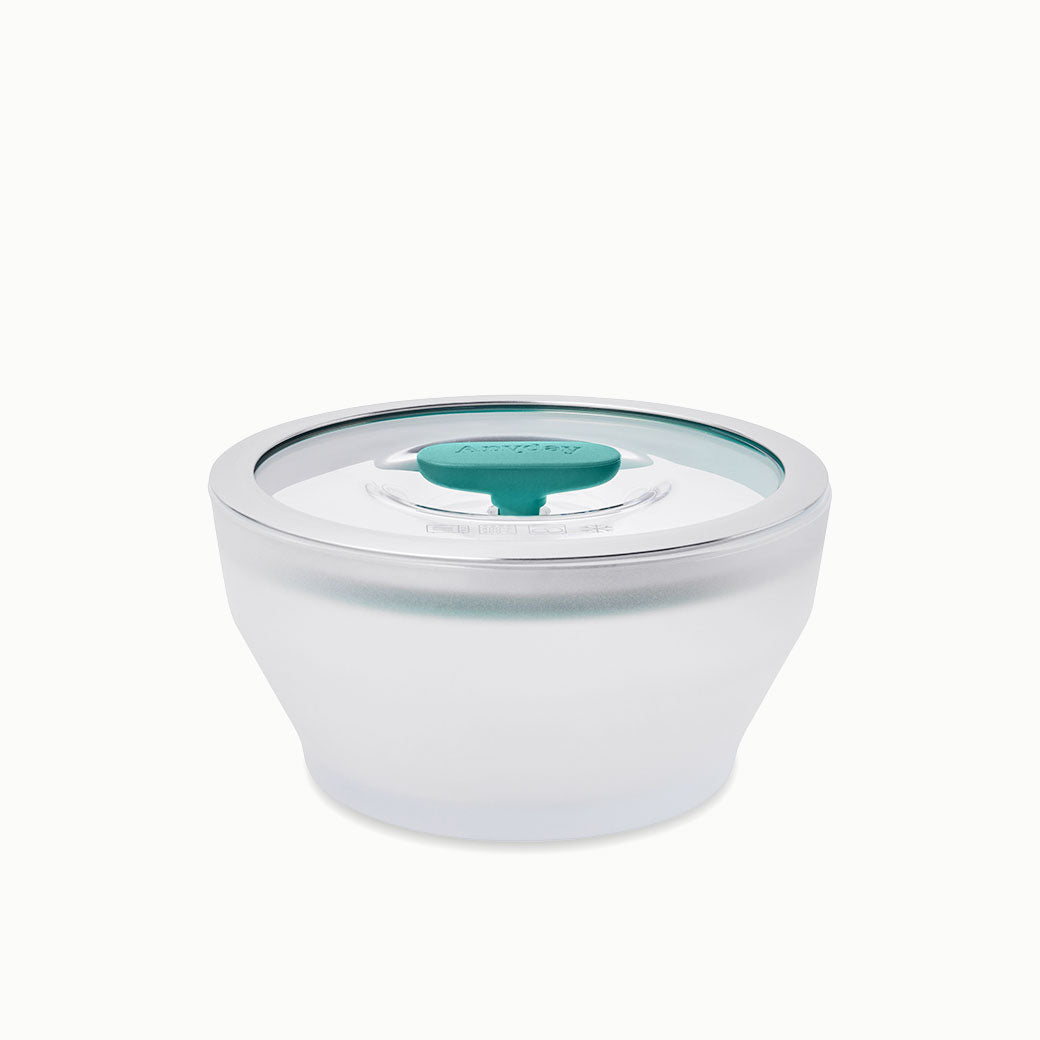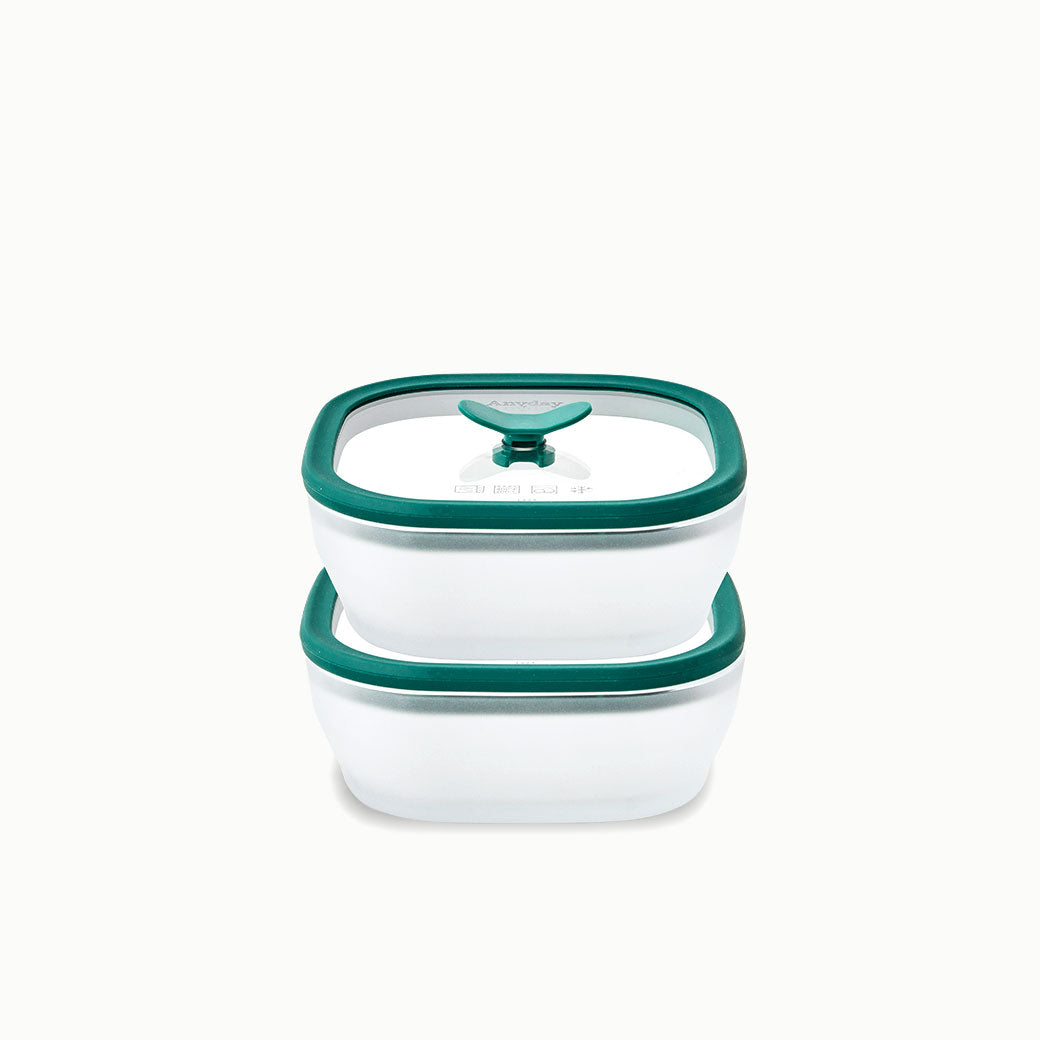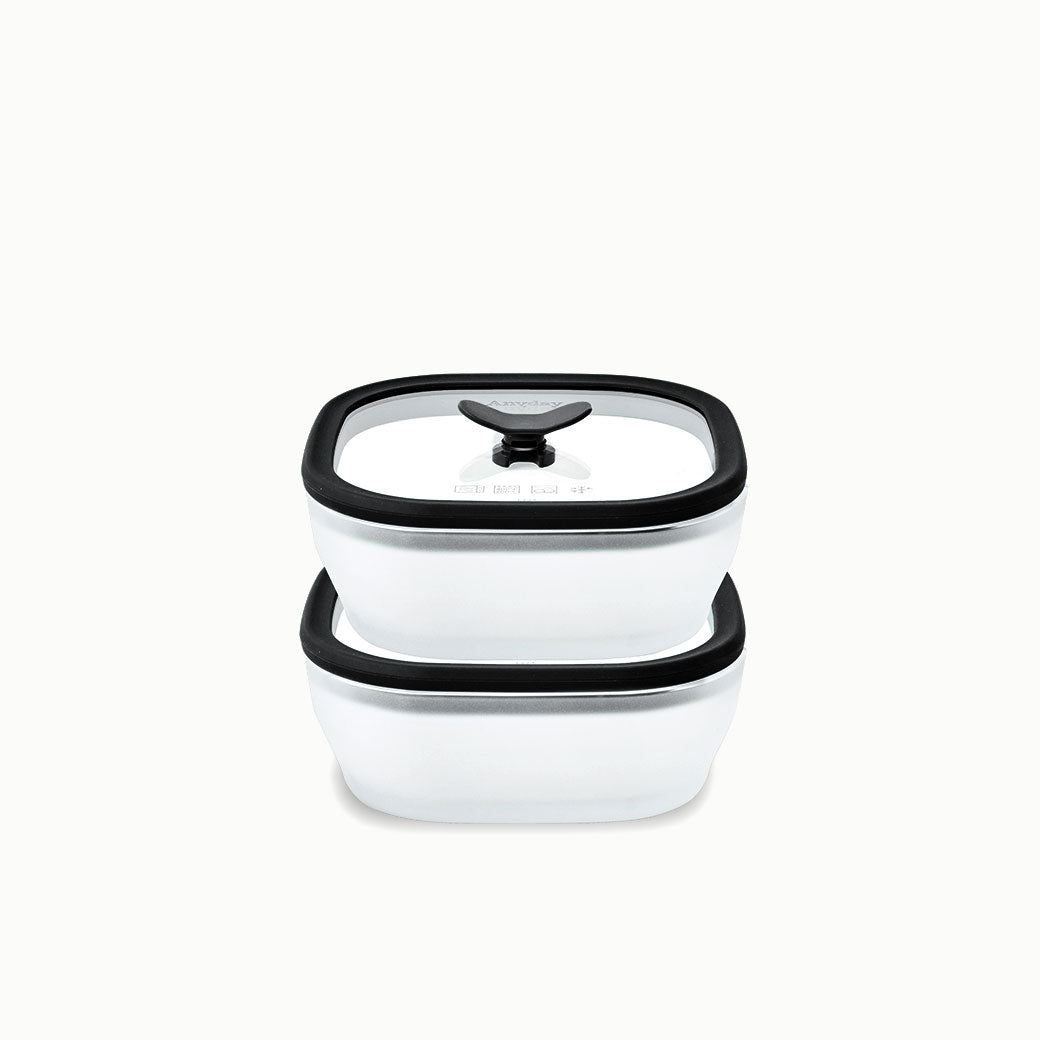What are poached eggs?
Poached eggs are gently cooked in water, creating silky whites that encase a yolk with a jammy or slightly runny center. This delicate cooking method makes them a favorite topping for avocado toast, salads, or grain bowls.
Can I poach eggs in the microwave?
Absolutely! Using an Anyday dish, you can poach eggs quickly and easily in the microwave. This method creates silky, sous vide-like whites and a jammy yolk. Unlike stovetop poaching, microwave-poached eggs may have yolks that are less runny, but this unique texture still provides the creamy richness that makes poached eggs so versatile.
What’s the texture of microwave-poached eggs compared to stovetop poached eggs?
Microwave-poached eggs feature softer, sous vide-like whites and yolks that are more jammy than runny. This difference is due to the way microwaves cook food and is a normal outcome. For firmer whites, try resting the eggs in a vinegar bath before cooking.
How does egg freshness affect poaching results?
Fresh eggs have firmer whites, making it easier to achieve a compact, neatly poached egg. Older eggs, with thinner whites, may result in more "flyaway" strands. To combat this, use fresher eggs or soak them in a vinegar bath (water mixed with a splash of vinegar) for 10 minutes before cooking. This technique firms up the whites for cleaner poaching.
Why add vinegar when poaching eggs?
Vinegar tightens the egg whites, reducing "flyaway" strands and helping the whites stay cohesive around the yolk. While optional, it’s a helpful step for achieving neat and professional-looking poached eggs.
What’s the best way to check if poached eggs are done?
Gently press the yolk with a spoon to test doneness. For jammy yolks, start with a shorter cook time and add 5-10 second increments as needed. Microwave cooking tends to yield firmer yolks compared to stovetop methods, which is perfectly normal and still delicious.
How do I prevent eggs from sticking in the dish?
Lightly grease the base of your Anyday dish with oil or butter before adding water. This minimizes sticking and makes it easier to lift out the poached egg once cooked.
Can I poach more than one egg at a time in the microwave?
Yes, you can! Just make sure the eggs have enough space to cook evenly without sticking together. A Shallow Anyday Dish works best for multiple eggs. Increase the cook time slightly to account for the added volume.
How long can I store poached eggs?
To store poached eggs, transfer them to a bowl of cold water to halt the cooking process. Stored in water in the refrigerator, they will last up to 2 days. To reheat, briefly submerge them in hot water before serving.
